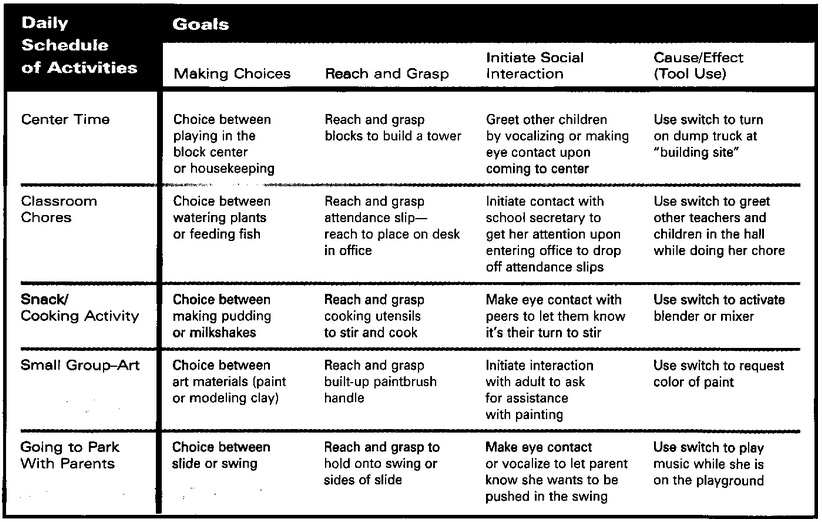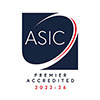5 Tips to Write Amazing IEP Goals and Decipher Data Like a Boss
12th September 2023

Individualized Education Programs (IEPs) are vital documents for students with special needs, as they outline the specific educational services and goals required to meet their unique needs. Within the IEP, one of the most critical components is the development of clear, measurable, and attainable goals. These goals serve as a roadmap for a student's educational journey and guide the planning and implementation of appropriate interventions and support. In this comprehensive guide, we will delve into the art of crafting amazing IEP goals and explore effective strategies for taking data that allows educators to monitor progress and make data-driven decisions.
3 Things To Consider Before Writing An IEP Goal
Before we move into how you are supposed to write an IEP goal like a pro, let us first see a few questions that you need to ask yourself:
1. What Do Students Need?
This is the most essential question you need to ask yourself because why would want to invest your time and effort in perfecting a skill that does not help the student succeed in the future? Figure out what academic and life skills you need to work on with your students to help them lead a good life.
2. How Will Students Learn It?
Here you need to ask yourself about the materials you are going to use to make your students learn a particular skill. Sort out if you are using, task cards or worksheets or if you want them to practice through direct instruction. However, you need to remember that another teacher might end up writing this IEP so you don't have to include every material but give enough information for the other teacher to continue with the IEP even if they don't have the same resources.
3. How Will You Show Progress?
Now this is the most vital aspect as this question will give you the answer to how you are planning to collect data. Determine what aspects you need to collect data for, is it academics or life skills? Once you have identified this, find out the necessary measures you need to take and the frequency with which you need to collect data to track progress.
Hey, do you follow us on Social Media? We regularly share upgraded educational content, tips, feedback and more. Check us out by clicking the profiles here - Facebook / Twitter / LinkedIn / Pinterest / Instagram / YouTube
How To Write IEP Goals and Track Data Like A Pro

Source: semanticscholar.org
Follow these tips if you are struggling to write a good IEP goal and track data for student progress:
- Understand The Basics Of IEP Goals
To write amazing IEP goals, it's essential to have a solid understanding of their basic components. Begin by assessing the student's current skills and abilities. This serves as the starting point for setting achievable goals. PLOP statements should be objective, specific, and data-driven.
Furthermore, clearly define the specific behavior or skill that the student needs to develop. It should be concise and unambiguous, leaving no room for misinterpretation. Additionally, Set a reasonable timeline for achieving the goal. This should be based on the student's needs and abilities, taking into account their pace of progress.
- Align Goals With Data Collection
To take data like a boss, you need to align your goals with appropriate assessments and data collection methods. Collect baseline data to determine the student's starting point before implementing the IEP goal. This data will help you measure progress accurately.
Create rubrics or checklists that outline the specific criteria for success. This simplifies data collection and ensures consistency in assessment. Also, regularly collect data to monitor progress. Frequent data collection allows you to make timely adjustments to interventions if necessary.
- Utilize Assistive Technology and Tools
In today's digital age, there are numerous assistive technologies and tools available to streamline data collection. These tools can make the process more efficient and accurate. Consider using tablet apps, specialized software, or even spreadsheet programs to record and analyze data.
- Keep Thorough Records
Maintaining detailed records is crucial for IEP management. This includes not only data on goal progress but also documentation of interventions, assessments, and communication with parents and other team members. Organized records are not only beneficial for tracking progress but also for legal compliance.
- Collaborate and Communicate
Effective communication and collaboration among educators, parents, and related service providers are essential for successful IEP goal-setting and data collection. Ensure that everyone involved understands the goals, assessment methods, and data collection processes. Regular meetings to review progress and discuss adjustments are also crucial.
Be Smart To Craft IEP Goals
Crafting amazing IEP goals and taking data like a boss is a skill that requires a blend of knowledge, expertise, and dedication. These goals are not just checkboxes on a document but the key to unlocking a student's potential. By following the SMART criteria educators who have completed in-class or online special education courses can create IEP goals that empower students with special needs to thrive academically and beyond. Remember, the journey toward achieving IEP goals is a partnership between educators, parents, and the students themselves, and when done right, it can truly make a difference in a student's life.
We believe education should be accessible for everyone. That’s why we don’t charge for our blogs. Find the right course that will help you in your career with us, contact us at - 1800-212-6400. You can mail us at act@asiancollegeofteachers.com.
Written By : Sanjana











